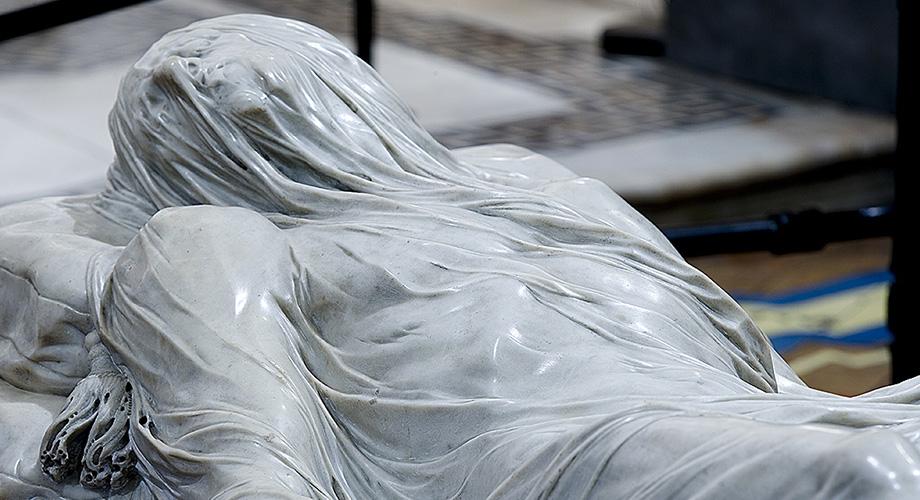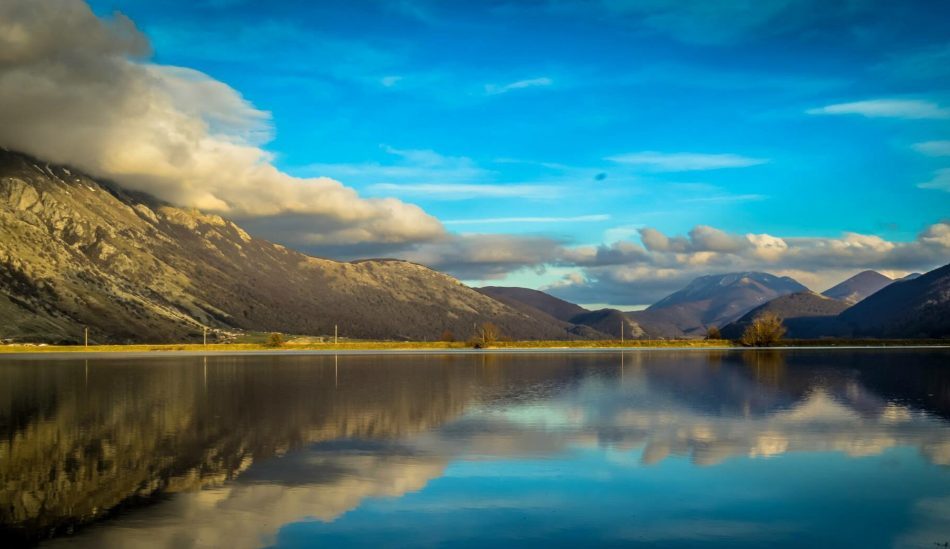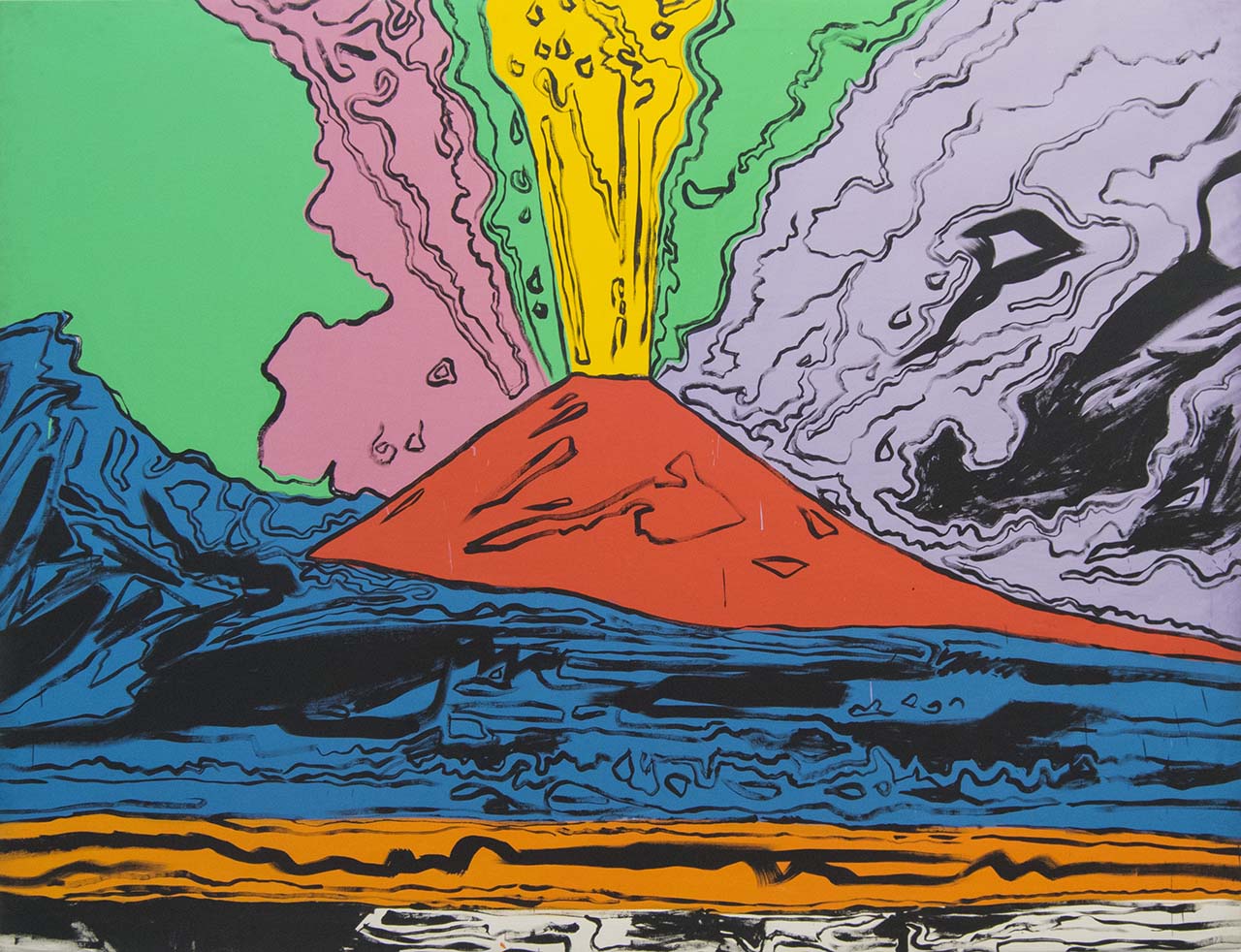
Naples works, paintings, statues, sculptures and jewels to be seen absolutely during a city holiday.
Naples is not just one open-air museum embellished by a landscape without equal, but it is also a city full of museums, palaces and churches that guard works, paintings and statues high artistic and historical value.
Among the most important is to cite i three paintings by Caravaggio, an indelible mark of the artist's passage into the city, the Veiled Christ surrounded by legend, the inestimable Mithra of San Gennaro and the modernity of Andy Warhol.
These are the pearls impossible to miss during a holiday in Naples and that well summarize the culture, art and charm of the millenarian history of the city.
The scourging of Christ
It is one of the most valuable paintings of the Capodimonte Museum, created by Caravaggio between the 1607 and the 1608 and is one of the largest canvases of the last period of life of the painter, spent in Naples.
It depicts the Christ tied to a column surrounded by three torturers, in the moment immediately preceding the scourging. The actions of the torturers are slow and precise and all the figures are locked at the moment of maximum tension, on a dark background typical of the Caravaggio style.
It is precisely themasterly use of light to make the work a masterpiece, together with the naturalistic rendering and the sober colors.
Where is it: Museum of CapodimonteAddress:via Miano 2 - 80131 Naples
The 7 works of Mercy
Painted between the 1606 and the 1607, it is located at the Pio Monte della Misericordia and represents the seven Works of corporal mercy.
It is a very complex painting that brings together numerous characters and almost seems to be set in an alley in Naples. In the upper part there is the Madonna and Child observing what takes place below, a scene in which the protagonists are divided into small groups, each of which represents one of the works of mercy.
You can even see them high invoice details like a drop of milk on a beard and the shadow of the angels.
Where is it: Pio Monte della MisericordiaAddress: Via dei Tribunali, 253 - 80139 Naples
The Martyrdom of Sant'Orsola
Preserved in the Palazzo Zevallos Stigliano, it is the last painting by Caravaggio, shortly before his death, occurred in the 1610. Moving away from the classic iconography of St. Ursula, always depicted with the symbols of martyrdom and surrounded by virgins, Caravaggio immortalizes the Saint in the moment in which he is pierced by the arrow of Attila, refused by her.
Also in this canvas there is a complex play of light and shadow and Caravaggio represented himself in the face of a barbarian who rushes to help her, suffering as if he too had been pierced. An extreme and dramatic work with a high artistic value.
Where is it: Palazzo Zevallos StiglianoAddress: via Toledo 185 - 80132 Naples
Ercole Farnese
The Ercole Farnese is one monumental marble sculpture from the Hellenistic period, reproduction of a lost bronze sculpture, is found in the National Archaeological Museum. It is part of the Farnese Collection and was found in the Baths of Caracalla in Rome in the 1546, before arriving in Naples in 1787 thanks to Charles of Bourbon.
The statue, in its grandeur, depicts the affirmation of man's courage on the jealousy of the gods, a value well represented by Hercules, son of Zeus. Specifically, the hero, tired after his legendary efforts, rests resting on the club.
Where is it: National archeologic museumAddress: Piazza Museo 19 - 80135 Naples
Atlante Farnese
The Atlante Farnese is located in the Archaeological Museum, in the beautiful Salone della Meridiana, is of the Hellenistic age, but almost certainly a copy of a lost original. It is a very impressive sculpture that depicts Atlas intent on holding the Earth globe on shoulders.
The map is reproduced on his globe most ancient and complete representation of the celestial sphere, with the constellations represented as they could be observed in 129 BC and cataloged in a volume by Hipparchus of Nicaea which inspired the author of the statue. The fatigued expression of Atlas and the musculature in evidence make the work very significant.
Where is it: National archeologic museumAddress: Piazza Museo 19 - 80135 Naples
Veiled Christ
The Veiled Christ is a marble statue located in the Sansevero Chapel and realized by Giuseppe Sanmartino in the 1753. Is considered among the most important marble sculptures in history.
Its particularity is in the veil covering the face of Christ, realized by the same block of the statue and perfectly adherent to the face. Sanmartino was thus able to transmit the suffering of Jesus before the Crucifixion. According to a legend, the client and alchemist Raimondo di Sangro taught the sculptor how to calcify a tissue and for centuries it was believed it was a magic of marbling.
Where is it: San Severo ChapelAddress: Via Francesco De Sanctis 19 / 21 - 80134 Naples
Vesuvius
Preserved in the Contemporary Art section of the Museo di Capodimonte, the canvas is a tribute to the American pop artist Andy Warhol wanted to dedicate to one of the most representative symbols of our city. The work, in fact, depicts the Vesuvius in eruption and was realized in the 1985 on the occasion of the exhibition "Vesuvius by Warhol", thanks to the collaboration with the Neapolitan gallery owner Lucio Amelio, who is credited with having brought the American artist to the city.
In perfect pop style, the image of the volcano is reproduced with bright colors and not very realistic and it is one of the many works that Naples inspired to Warhol.
Where is it: Museum of CapodimonteAddress: via Miano 2 - 80131 Naples
Strozzi table
It is a painting by 1472, by an unknown artist, located in the Museo della Certosa di San Martino. It represents one view of Naples during the Aragonese period, one of the oldest images of the city. The work depicts the return of the Aragonese fleet after the victory off Ischia against Giovanni d'Angiò, pretender to the throne.
The view of Naples is from the sea with the pier in the foreground and you can see the Maschio Angioino, the Castelcarmine, some churches and buildings. It has an incalculable historical value and is the most beautiful urban representation of the fifteenth century, with the city surrounded by walls and all developed to the east.
Where is it: Museum of the Certosa di San MartinoAddress: Largo S. Martino 5 - 80129 Naples
Baptistery of the Duomo
Il Baptistery of San Giovanni in Fonte, in the Cathedral, is of the early Christian era, probably of the IV century, and it is the oldest in the west. It is located in the old cathedral, the Basilica of Santa Restituta, today connected to the current Chapel.
It consists of the baptismal hall and a rectangular portico with four columns, covered by a low vault. This was covered by beautiful mosaics, of which today you can admire a good portion, in blue and turquoise. They represent a sky with stars golden, white and blue with the monogram of Christ and there are decorations with branches, birds and a precious blue cloth.
Where is it: DuomoAddress: via Duomo 147- 80138 Naples
Mithra and Necklace of S. Gennaro
The Gemmata Mithra of San Gennaro is the flagship jewel of the entire collection of the Treasure kept in the Museum dedicated to the patron saint of Naples. It is an inestimable masterpiece made in 1713 by the goldsmith Matteo Treglia of the Neapolitan School and is composed of about 3700 between rubies, emeralds and diamonds. Not of less value is the Necklace of the Saint, whose realization began of 1679 and which is composed of 13 solid gold links with crosses studded with emeralds and sapphires. They are only a small part, even if the most relevant, of all the Treasure that is considered the most precious in the world, even more than that of Queen Elizabeth of England.
Where is it: Museum of the Treasure of San GennaroAddress: via Duomo 149- 80138 Naples
Madonna with Child and two angels
The Madonna with the Child and two angels is a important painting by Sandro Botticelli in the Capodimonte Museum, dated 1468-1469. It depicts the classic image of Mary with the Child Jesus with the background of a rocky landscape.
The characters have a serious and thoughtful tone, above all the two little angels, and the depth of their moods is accentuated by the landscape itself, which here no longer has only a decorative function. This work contains many elements typical of Botticelli's art, both in the perspective composition and in the use of chiaroscuro.
Where is it: Museum of CapodimonteAddress: via Miano 2 - 80131 Naples


